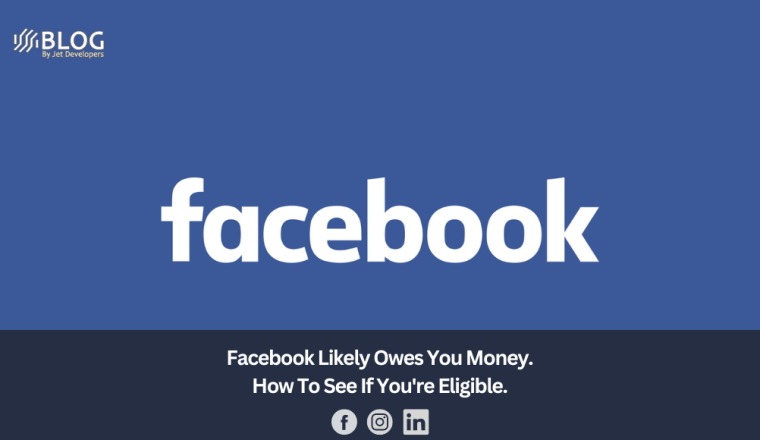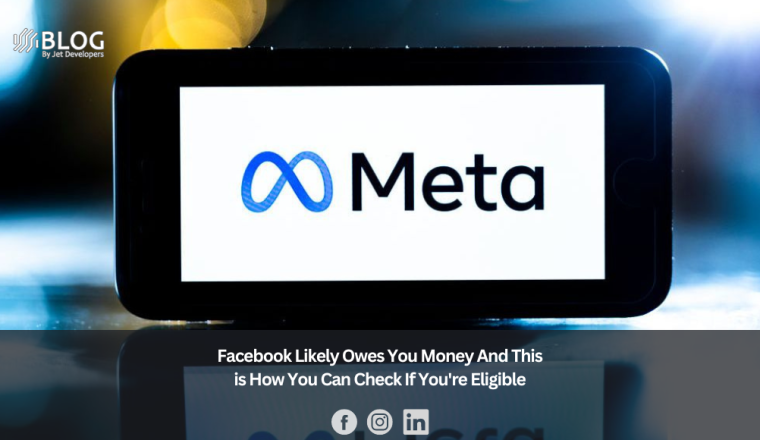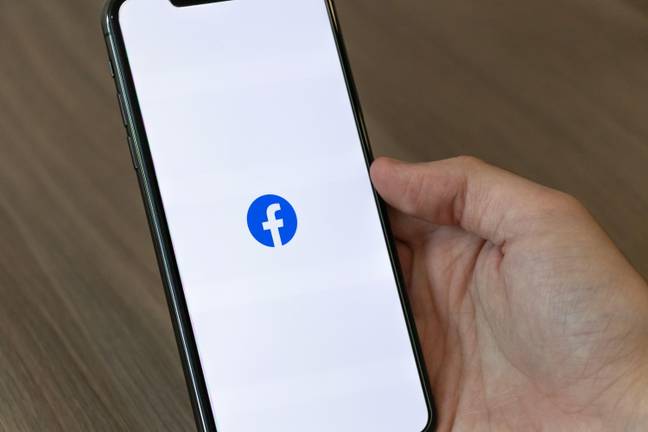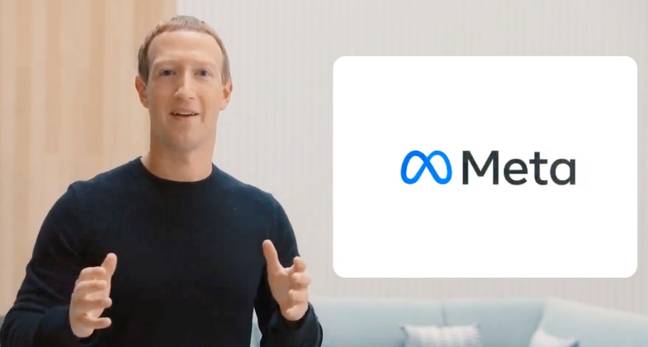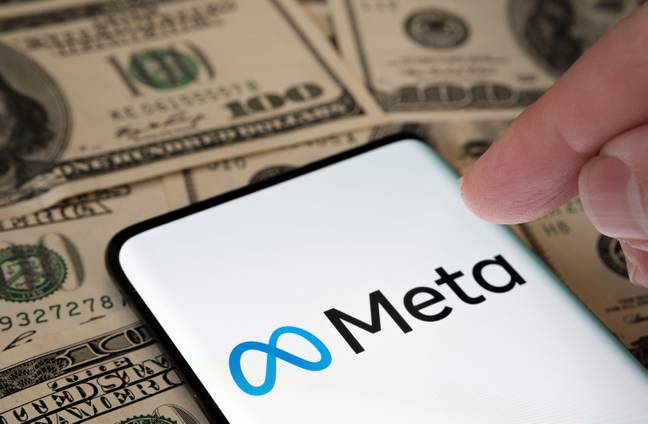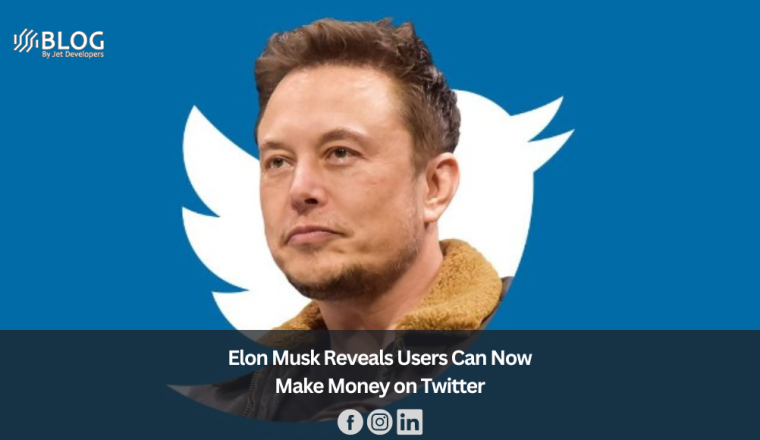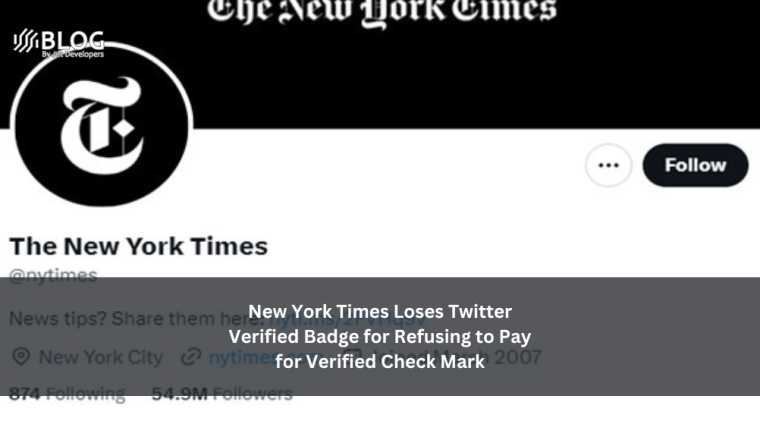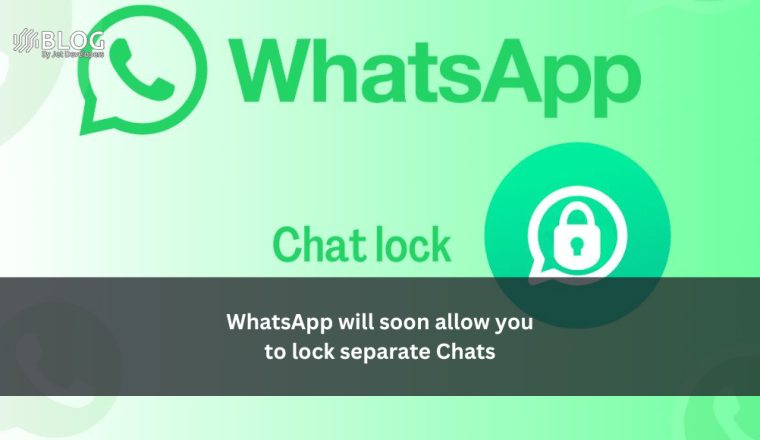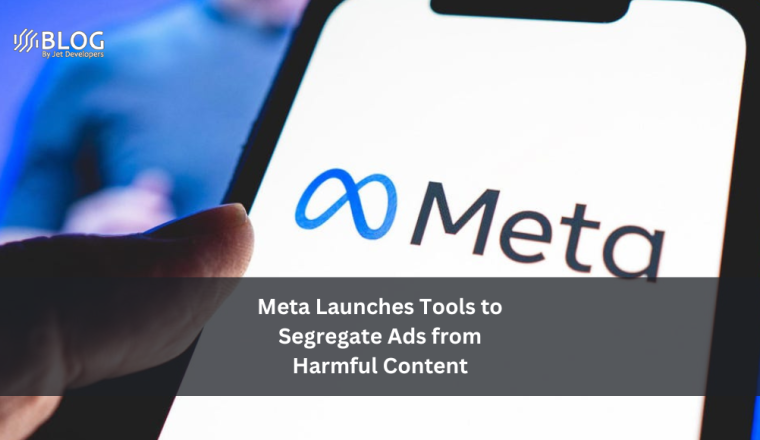Facebook Likely Owes You Money. How To See If You’re Eligible.
Were you using Facebook sometime between the dates of May 24, 2007 and December 22, 2022?
If so, there’s a good chance the company, now known as Facebook’s parent company Meta, owes you money!
And who would turn down free money, right? So, here’s what’s going on and how you can find out if you’re eligible.
Over the years, Meta has faced quite a few lawsuits from Facebook users who allege that the company allowed their user data to be accessible to third-parties without users’ permission.
These lawsuits, which were ultimately consolidated into a class-action lawsuit, Facebook allowed this unauthorized access for users’ friends data too. Furthermore, the lawsuits claim that Facebook also did not “sufficiently monitor” or enforce its rules on third-parties who had access to user data.
One such prominent issue from these lawsuits is in regard to the data Facebook allowed Cambridge Analytica, a now-defunct data analytics firm that worked with Donald Trump’s campaign, to access.
Facebook privacy settlement payout details
Meta has now agreed to settle the class action lawsuit. In doing so, the company admits to no wrongdoing. However, as part of the settlement, Meta also agrees to pay out a total of $725 million to affected users.
One addendum to add here is that the total also covers various legal and administrative fees, so the sum total of the payout to users will be considerably less. And, of course, the amount users receive will depend on how many people submit an eligible claim.
But, hey! Whatever you get, it’s still free money!
In order to get cash from the settlement, eligible Facebook users between the dates of May 24, 2007 and December 22, 2022 can file a claim here. Users must submit a claim by August 25, 2023.
However, users who object to the settlement and plan on filing a lawsuit against Meta for these issues, must opt-out and do so by July, 26, 2023. If a user does not file either a claim or objection by those deadlines, they forfeit their right to the settlement and further legal action as well.
If you’d like more information, feel free to visit the website set up for the class action settlement at FacebookUserPrivacySettlement.com.



